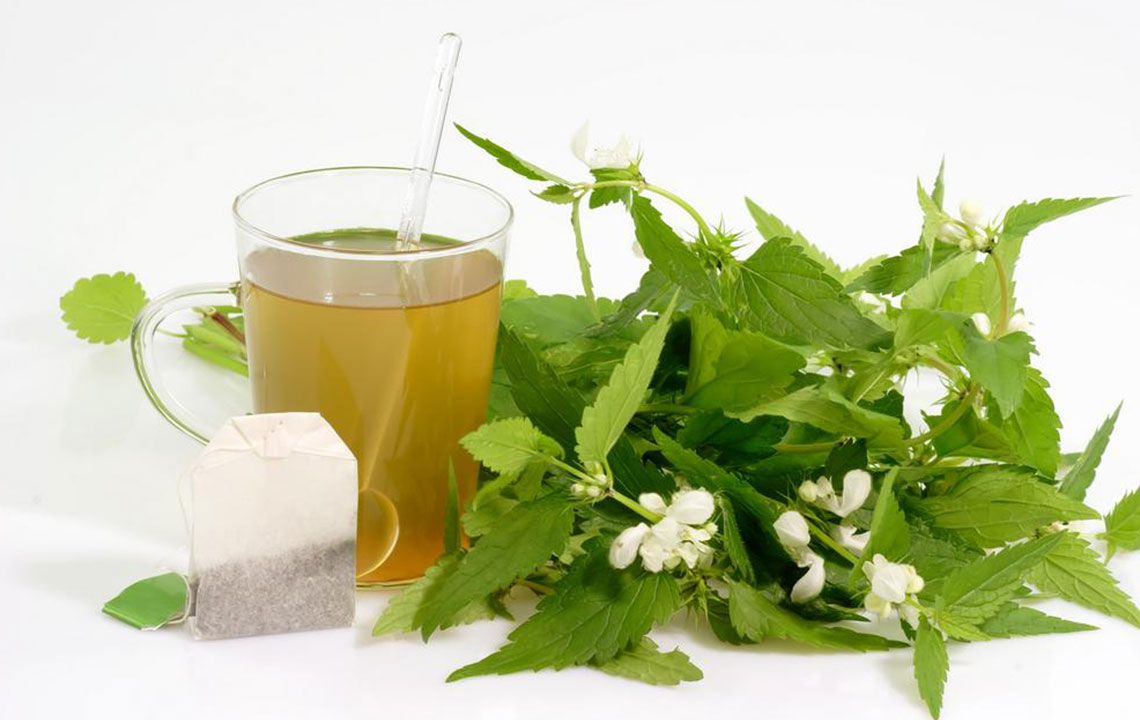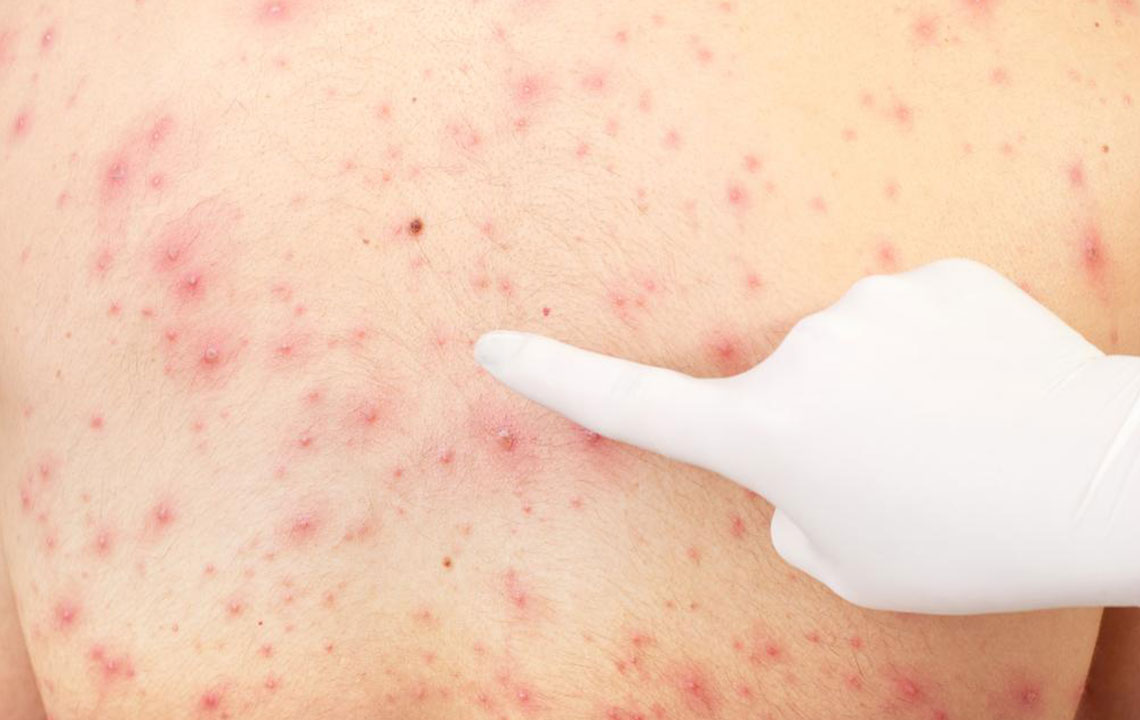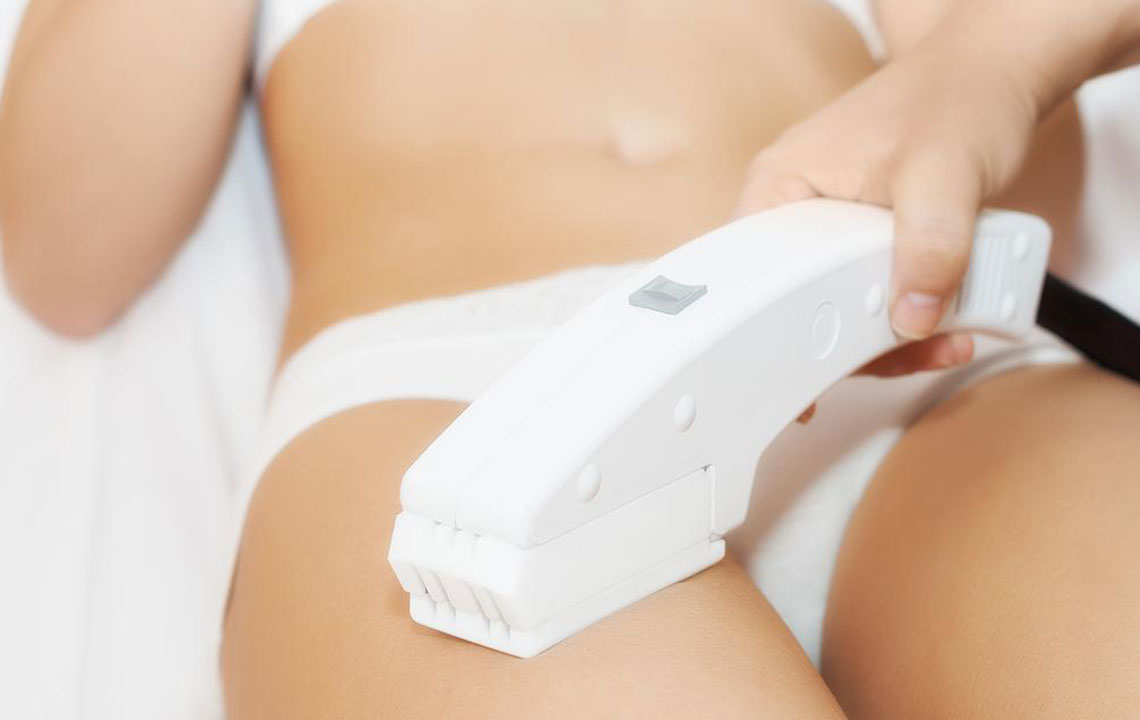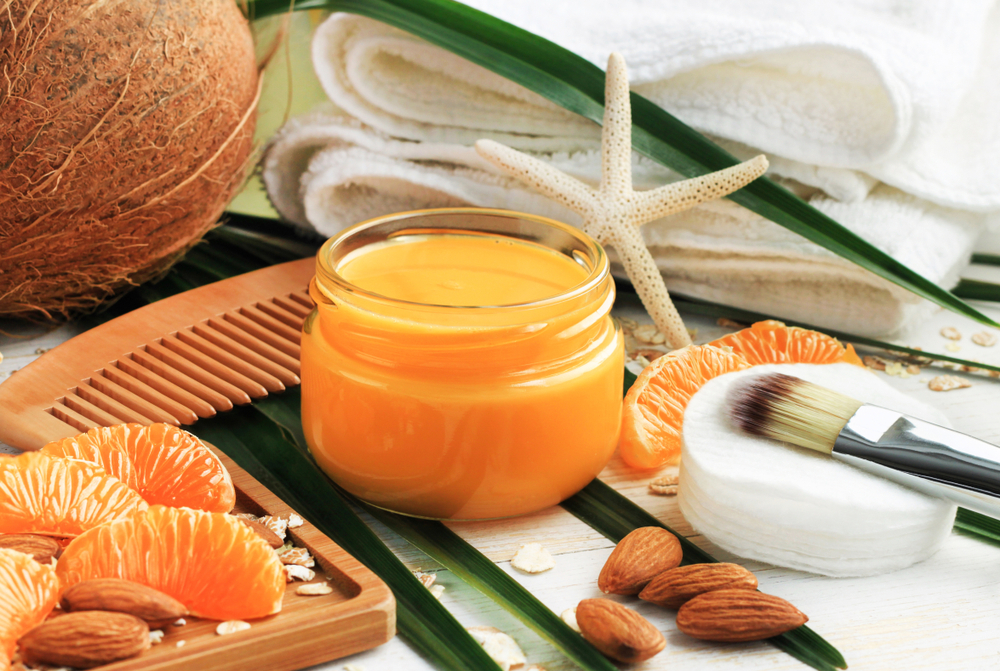Comprehensive Guide to Managing Keratosis Pilaris Effectively
Discover effective and comprehensive strategies for managing keratosis pilaris, including skincare routines, dietary tips, and professional treatments. This detailed guide offers practical advice to improve skin texture, reduce bumps, and enhance overall skin health. With patience and consistency, you can achieve smoother, healthier skin while embracing your natural beauty.
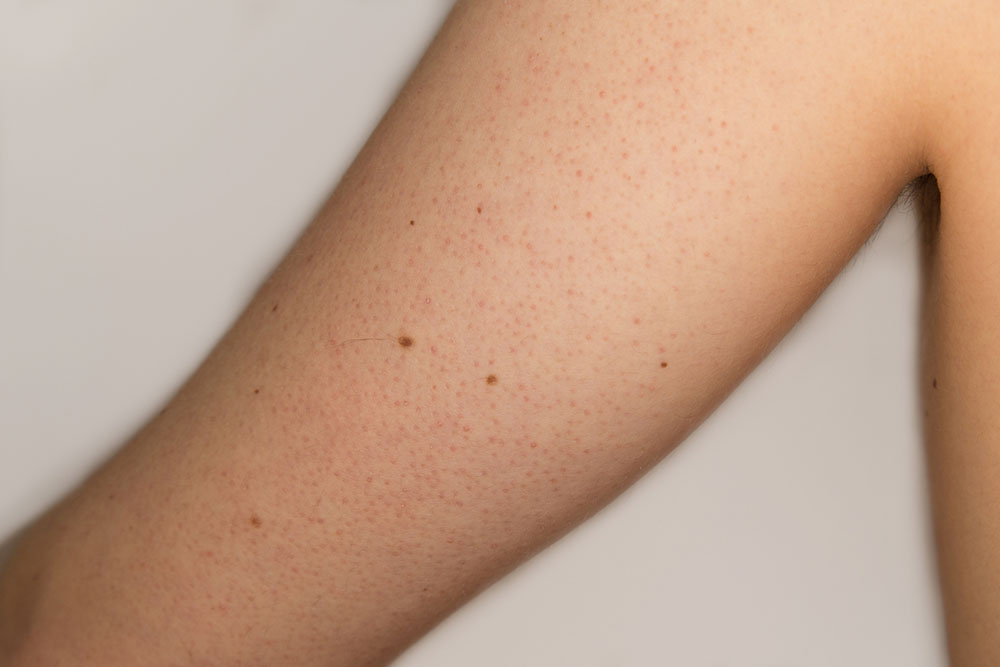
Comprehensive Strategies for Managing Keratosis Pilaris
Keratosis pilaris is a common, benign skin condition distinguished by the appearance of tiny, rough bumps that resemble sandpaper on the skin's surface. This condition usually manifests on areas such as the upper arms, thighs, and buttocks. The bumps are typically pale and may sometimes be accompanied by redness or swelling, which can cause discomfort or itching, especially in affected individuals. Though it's seldom found on the face, keratosis pilaris predominantly affects children and teenagers, often leading to cosmetic concerns and self-consciousness. Understanding its causes, symptoms, and effective management strategies is crucial for those seeking relief and healthier skin.
At its core, keratosis pilaris results from an overproduction of keratin, a protective protein in the skin, which forms hard plugs that block hair follicles. This build-up leads to the characteristic bumps associated with the condition. While the precise cause of keratosis pilaris remains uncertain, factors such as dry skin and environmental influences play significant roles. Exposure to harsh winter conditions and low humidity levels can aggravate symptoms, making skin dryness and roughness more pronounced.
Understanding Causes and Risk Factors
The exact etiology of keratosis pilaris remains elusive; however, it's linked to genetic tendencies. People with dry skin, eczema, or other dermatological conditions often experience more severe symptoms. Hormonal changes during adolescence can also influence the severity of keratosis pilaris. Additionally, environmental factors such as cold weather and low humidity can exacerbate the condition. A genetic predisposition makes some individuals more susceptible to developing keratosis pilaris, and it often runs in families.
Effective Management Techniques and Lifestyle Adjustments
While there is no definitive cure for keratosis pilaris, several strategies can significantly improve the skin's appearance and reduce discomfort. Consistent skin care routines, dietary considerations, and lifestyle modifications are essential components of managing this condition effectively.
Skincare Regimens for Keratosis Pilaris
Use gentle, fragrance-free moisturizers: Regular moisturizing helps maintain skin hydration, reducing dryness and roughness. Choose products with ingredients like glycerin, ceramides, or urea.
Apply keratolytic agents: Products containing alpha hydroxy acids (like lactic acid), urea, or glycerin aid in exfoliating dead skin cells and softening bumps.
Opt for chemical exfoliation: Regular use of mild exfoliants with ingredients like glycolic acid can help clear blocked follicles and improve skin texture.
Choose appropriate cleansing products: Use mild, soap-free cleansers that contain fats or oils. Sulfur-based soaps can also be effective in reducing keratin build-up.
Avoid hot showers: Hot water strips moisture from the skin. Instead, bathe in lukewarm water for brief periods to prevent further dryness.
Additional Treatments and Therapies
In cases where standard topical treatments are not sufficiently effective, other procedures can be considered:
Laser therapy: Pulsed dye lasers or other laser modalities may reduce redness and improve skin texture in severe cases. These procedures should be performed by trained dermatologists.
Topical retinoids: Prescription-strength retinoid creams can promote skin cell turnover, helping to clear blocked follicles.
Microdermabrasion: This exfoliating procedure can assist in smoothing the skin, but should be performed under professional supervision.
Dietary and Environmental Recommendations
Diet plays a vital role in skin health. Incorporating foods rich in omega-3 fatty acids—such as salmon, walnuts, flaxseeds, sardines, and soy—can help improve skin hydration and reduce inflammation. Conversely, reducing intake of dairy products may be beneficial, as dairy can sometimes increase inflammation and worsen symptoms. Maintaining hydration by drinking plenty of water is essential.
Environmental factors also influence keratosis pilaris. Using a humidifier in dry indoor environments adds moisture to the air, helping prevent skin dryness. Wearing loose, breathable fabrics minimizes skin irritation, and applying sunscreen daily protects against UV-induced dryness and damage.
Daily Tips for Long-Term Management
Avoid scratching or vigorously rubbing bumps to prevent irritation and potential scarring.
Limit water exposure time during bathing to preserve skin moisture.
Choose soaps and cleansers formulated with moisturizing ingredients or oils, and consider sulfur-based options for additional benefits.
Apply a generous amount of moisturizer immediately after bathing while skin is still damp to lock in hydration.
Use a humidifier to maintain optimal humidity levels in your living environment.
Wear soft, loose-fitting clothing to avoid unnecessary friction and irritation.
Patience and Consistency Are Key
While keratosis pilaris cannot be entirely eradicated, implementing a consistent skincare routine and making healthy lifestyle choices can dramatically improve skin appearance over time. It’s important to have patience as results may take weeks to months. Emphasizing gentle skin care, hydration, and avoiding harsh irritants will aid in managing symptoms effectively. Embrace your natural skin, and know that with dedication, smooth and healthier skin is achievable.
In conclusion, managing keratosis pilaris requires a comprehensive approach involving proper skincare, dietary adjustments, and, when necessary, professional treatments. Although the condition may be persistent, most individuals notice significant improvement with perseverance and the use of appropriate strategies. Educate yourself about your skin, be consistent with your routine, and consult dermatologists for personalized advice to achieve the best results.
